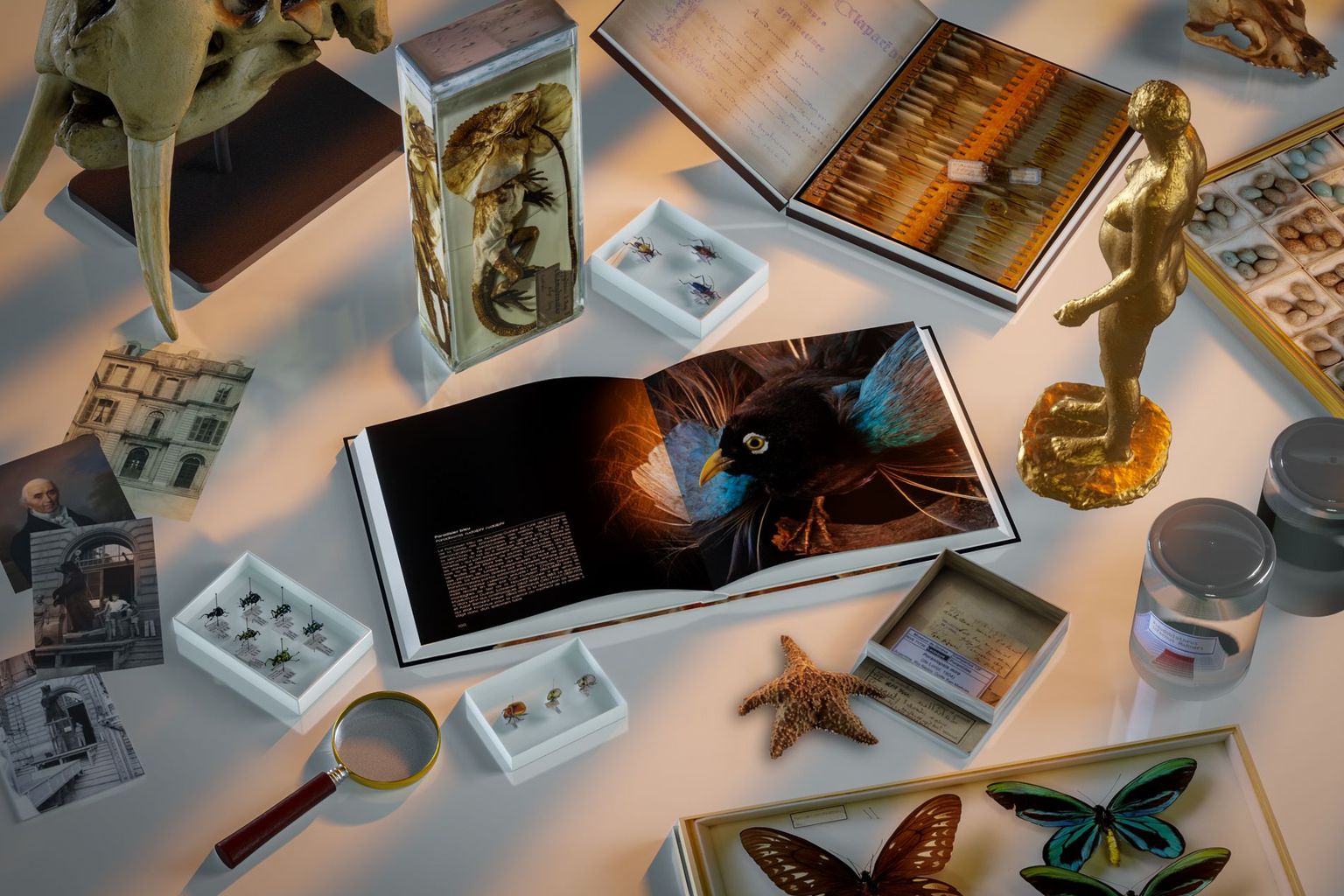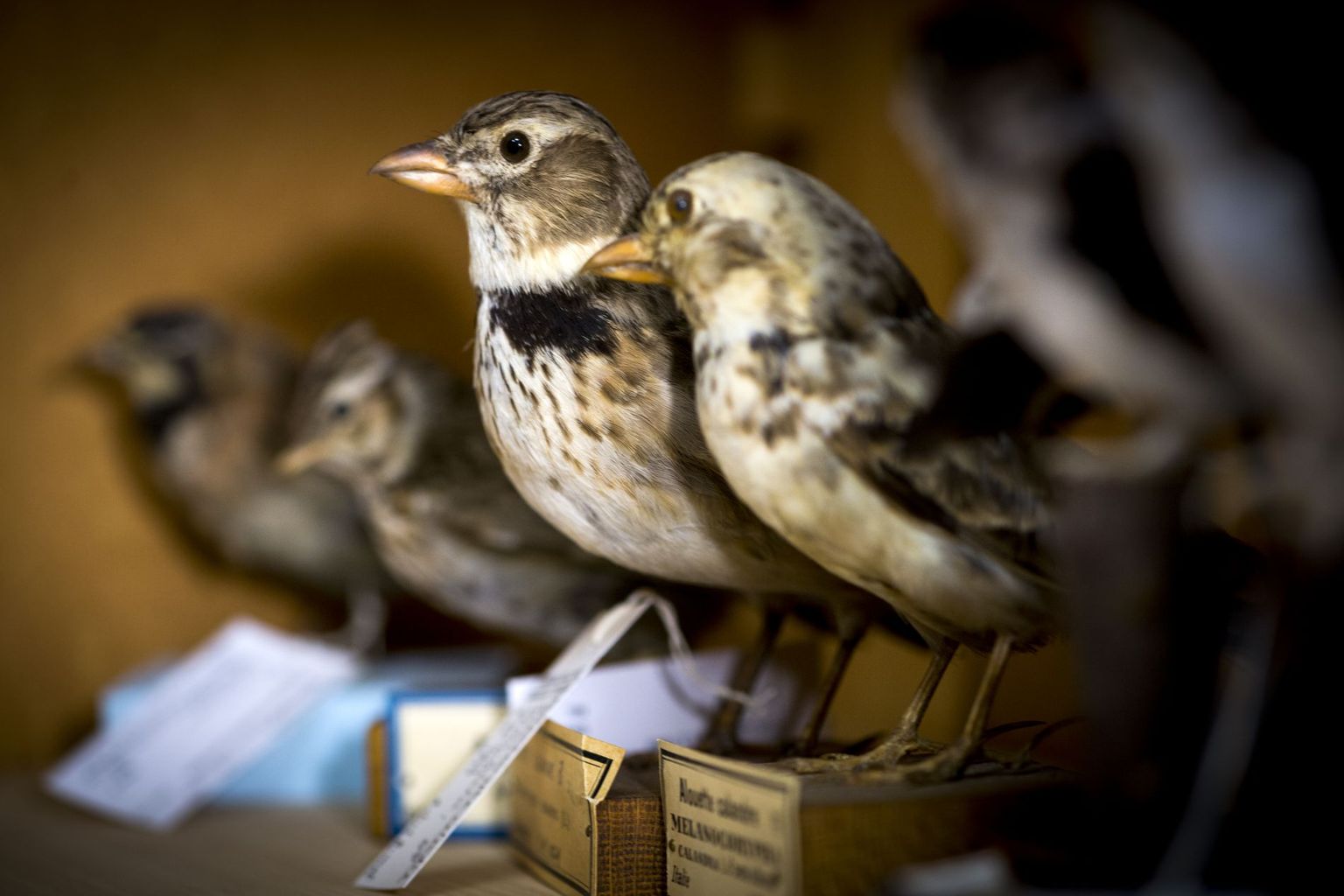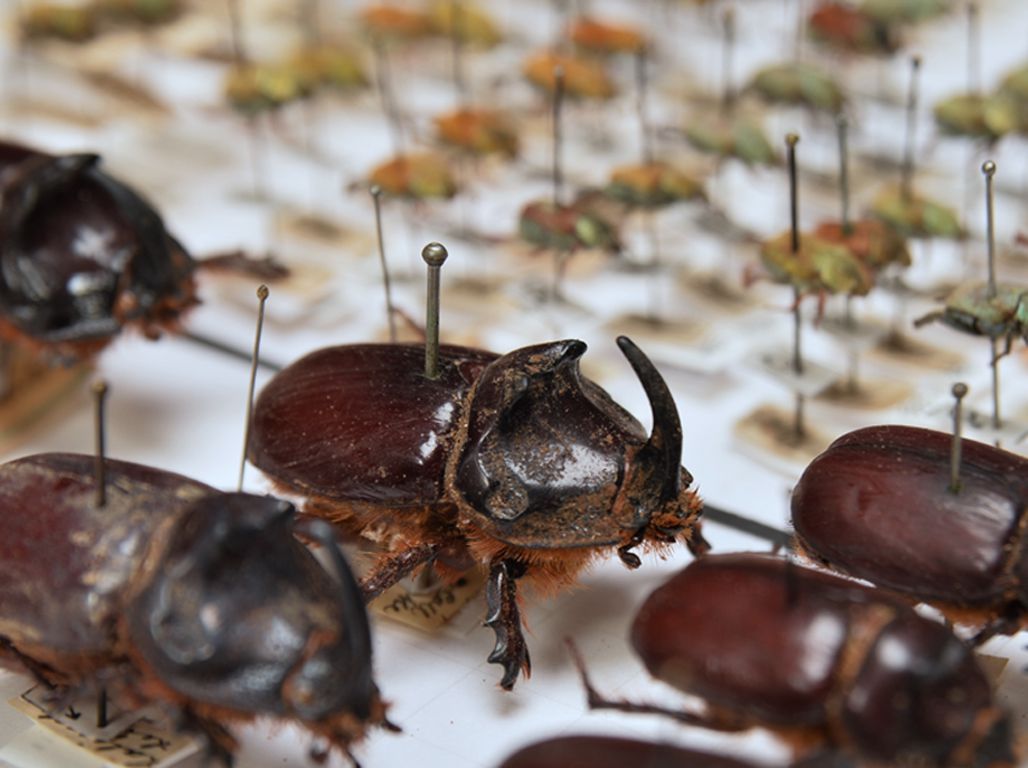Multidisciplinary projects
Immagine: Philippe Wagneur, MHNG1/6Paleontology
Immagine: Andreas Schäfer NMSO2/6Geology and Mineralogy
Immagine: michaelmaillard.com3/6Zoology - Vertebrates
Immagine: Philippe Wagneur MHNG4/6Zoology - Invertebrates
Immagine: Nicole Hänni NMSO5/6Botany and Mycology
Immagine: Chris Mansfield6/6
Anthropology
Digital recording of the Human Skeletal Collection of the Intercantonal Association for the Management of Archaeological Human Remains
Sandra Pichler (University of Basel), Cantonal Archaeology Aargau, Baselland, Fribourg, Graubünden, St. Gallen, Schaffhausen
The Human Skeletal Collection of the Intercantonal Association for the Management of Archaeological Human Remains comprises ca. 40,000 individuals, making it one of the largest such repositories in Europe. It constitutes an exceptional scientific archive on almost eight millennia of life in Switzerland, from ca. 6000 BCE up until the 19th century.
The unique collection goes back to a multi-cantonal initiative to collaboratively house the human remains, i.e., inhumations and cremations, from archaeological excavations, and make them available for research. Today, the skeletal collection is affiliated to the Integrative Prehistory and Archaeological Science IPAS unit of the University of Basel. As only a small part of the collection is comprehensively registered, the project aims at generating fully digitized data of the archaeological specimens according to current ethical and databasing standards. As necessary, remains will be photographed and missing data supplemented, related documents converted to suitable electronic formats and the data entered into a specialized database.
The project will make the largest Swiss repository of archaeological human remains accessible for diverse research projects as well as the community in general via integration in the Swiss Virtual Natural History Collection.
Development and Implementation of a Database for the Human Remains Collection of the Institute of Evolutionary Medicine of the University of Zurich
Martin Häusler, Megan Malherbe, Sabina Carraro (Institut für Evolutionäre Medizin der Universität Zürich)
The Institute of Evolutionary Medicine (IEM) is part of the University of Zurich and is an internationally leading and globally connected research, teaching and service institute. Its main research questions deal with human health. The Institute owns one of the few collections of historical human remains in Switzerland: the Human Remains Collection.
This collection consists of about 20,000 objects and specimens of human origin, the majority of Swiss provenance: dry and wet preparations as well as bones from pathology and forensic medicine, tissue samples and a small group of mummies.
The Human Remains Collection of the IEM is located in secured and climate-controlled storage rooms at the University of Zurich. It is used by national and international research groups and provides a reservoir of very valuable research material, especially in the field of medicine. All work with this collection is subject to the IEM Code of Ethics and national and international standards.
Although this collection is unique for several reasons, it suffers from inadequate indexing and the lack of a unified database. This makes it difficult not only for conservation, but also for research and teaching projects, as well as for building networks between the collections.
The goal of the project is to build a long-term database to ensure the continued existence and future development of the Human Remains collection.
Digitisation, database creation and CT scanning for the anthropological collection at the University of Zürich
Colin Shaw (University of Zürich)
The University of Zurich’s Anthropological Collection contains ~15,500 items, including human and non-human primate skeletons, fossils, hominin and hominoid casts, mummies, cadavers, and hair and skin samples. The collection is a tremendous resource and could never be replaced. Unfortunately, despite the volume and quality of the collection, it is not easy to work with because it has not been properly ‘digitised’. This deficiency greatly hinders our understanding of what is held in the collection and limits access to individual items. This project will greatly enhance the accessibility of this world-class collection to national and international researchers through three fundamental sub-projects. 1) We will conduct an inventory of the contents of the collection to update and digitise existing records (make electronic). These records will be integrated into the Swiss Virtual Natural History Collection (SVNHC) online system. 2) The creation of a Centralised Interactive Database will transform the ’functionality’ of the collection by allowing all specimens to be queried and relevant information output. 3) High-resolution CT scanning of the most valuable and vulnerable objects in the collection will be conducted. These ‘virtual objects’ will be freely available for research and integrated into the SVNHC. Overall, this project will enhance global availability of UZH’s Anthropological Collection, while simultaneously heightening the overall impact of the SVNHC.





